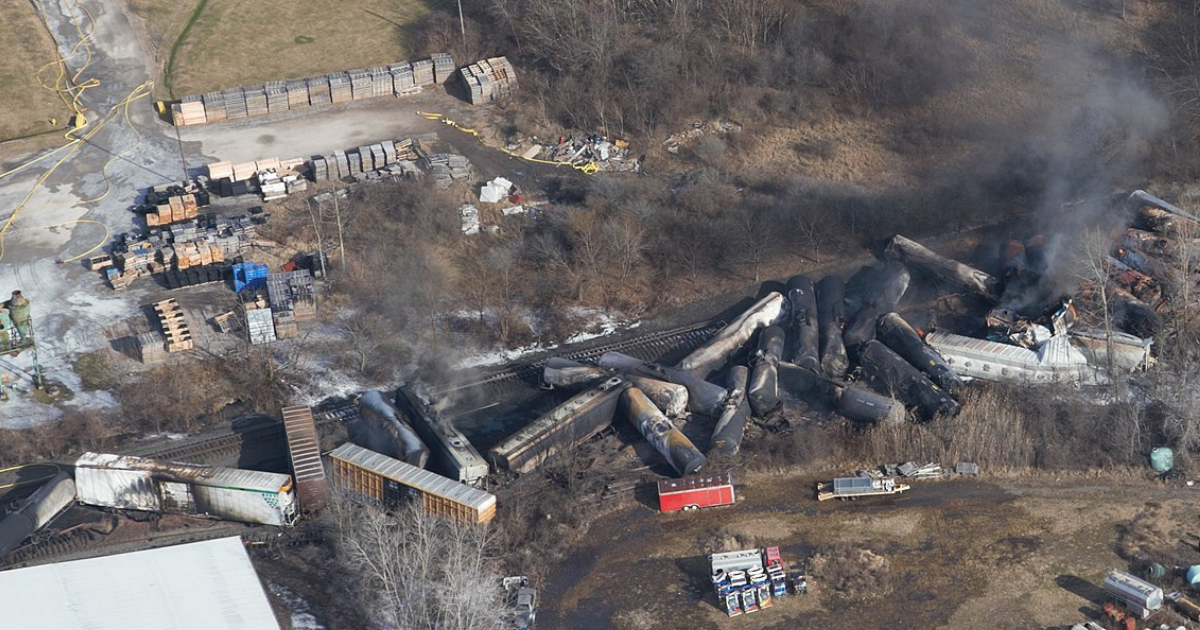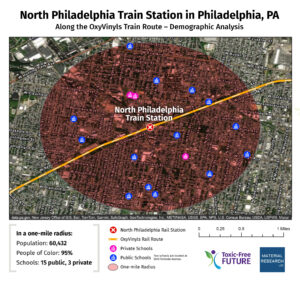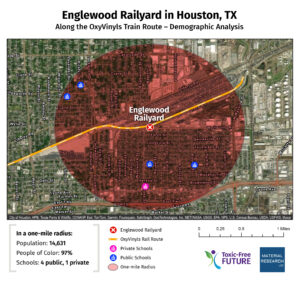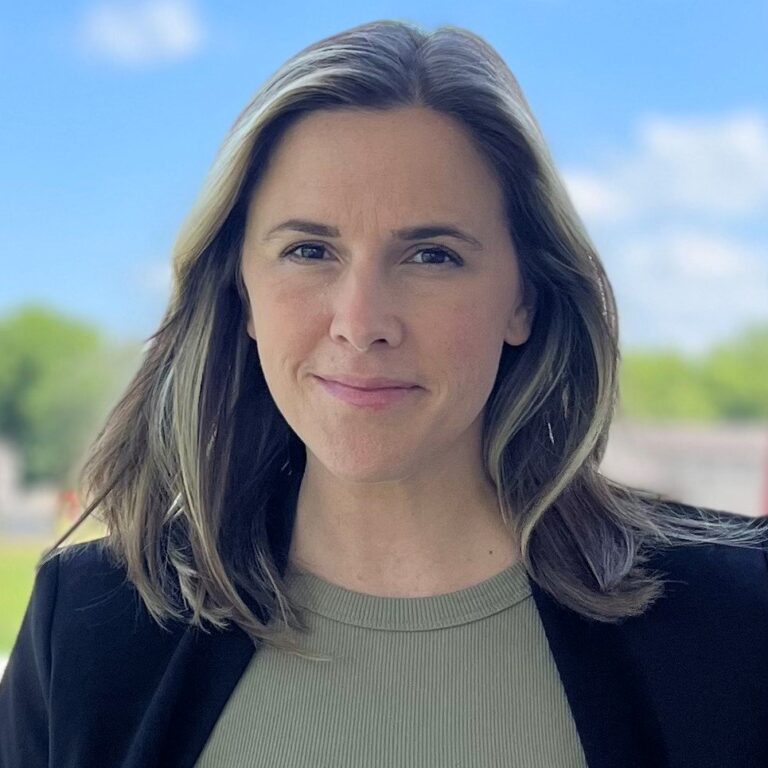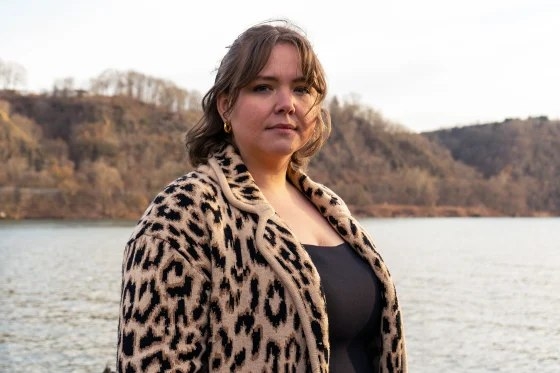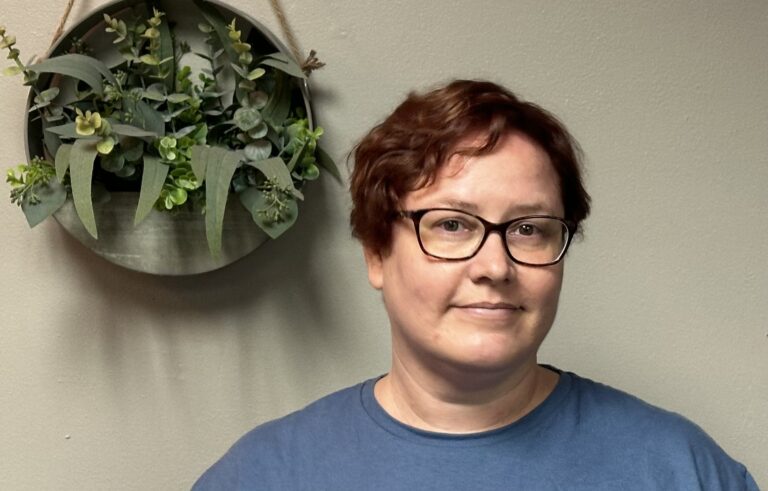Toxic Cargo
How rail transport of vinyl chloride puts millions at risk, an analysis one year after the Ohio train derailment
A report by Toxic-Free Future and Material Research
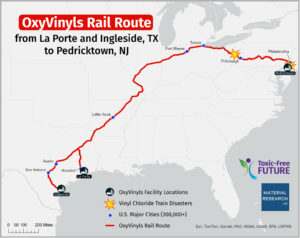 Introduction
Introduction
Nearly one year ago today, on February 3, 2023, five train cars containing 887,400 pounds (115,000 gallons) of vinyl chloride1, 2, a, the key building block for polyvinyl chloride (PVC) plastic, derailed and were subsequently burned, setting off a major environmental health disaster that sickened area residents and first responders3, killed wildlife4, and contaminated East Palestine, Ohio and surrounding communities.5 A similar disaster struck Paulsboro, New Jersey in 2012. In both cases, the train cars carrying cancer-causing vinyl chloride were on their way to plastics manufacturing plants in New Jersey owned by OxyVinyls (a subsidiary of Occidental Petroleum)1, 6, where factories make PVC plastic for flooring and other building materials sold at major retailers like The Home Depot. According to the company, OxyVinyls is the largest vinyl chloride monomer (VCM) producer in the United States and the third-largest polyvinyl chloride (PVC) supplier in the United States.6
OxyVinyls played a central role in these two disasters for one important reason—it supplies PVC plants located far from its Texas petrochemical plants that manufacture vinyl chloride, forcing it to rely on dangerous rail transport of the highly hazardous chemical. With vinyl chloride production in Texas and OxyVinyls-supplied PVC plants in New Jersey, Illinois, and Ontario, OxyVinyls is responsible for the transport of rail cars filled with vinyl chloride across an enormous distance and through a number of major and minor population centers, putting communities across the country at risk.
We set out to quantify this hazard: at any given time, how many rail cars with vinyl chloride are en route from OxyVinyls plants in Texas to its factories in other states and provinces? How much of this hazardous chemical is transported every year, and how many people are put at risk? While PVC’s hazards go far beyond the dangers of rail transport, our investigation is the first time the public is learning the extent to which this particular supply chain poses a risk to communities across much of the U.S.—and the identities of those communities.
To better understand the magnitude of this hazard, we established the most likely rail routes for shipping of vinyl chloride from two OxyVinyls plants in Texas to four PVC factories in New Jersey, Illinois, and Ontario. Using information sources including mapping data from the Bureau of Transportation Statistics, as well as rail company route maps, photos, repair reports, and other sources, we established the most likely routes. We put this route information together with travel time and the annual PVC production capacity of these factories to estimate the number of vinyl chloride tank cars needed to supply these four factories (see Material Research’s Methodology (PDF) for more detail).
Read the report
- I.Key findings
- II.PVC: The poison plastic
- III.How much vinyl chloride is shipped from OxyVinyls around the U.S. every year?
- IV.Maps: the toxic vinyl chloride train route from Texas to New Jersey
- V.Recent vinyl chloride train disasters
- VI.From rail cars to The Home Depot
- VII.Where does it all start? Fracking and vinyl chloride production in Texas
- VIII.Recommendations
- IX.Credits
- X.References
- XI.Methodology
More
a EPA’s East Palestine records list five tank cars carrying 178,150; 178,300; 177,250; 177,600 ; and 176,100 pounds of vinyl chloride monomer (VCM) in each car. See pages 5-6 of https://www.epa.gov/system/files/documents/2023-02/02%2021%2023%20Norfolk%20Southern%20Removal%20UAO%20-%20Signature%201-508checked.pdf
Featured in
Additional vinyl chloride research by Toxic-Free Future
PVC Poison Plastic (2023)
This 2023 investigation uncovers the largest polluters of vinyl chloride in the U.S. and maps the communities regularly exposed to this dangerous chemical and its waste products. More.
